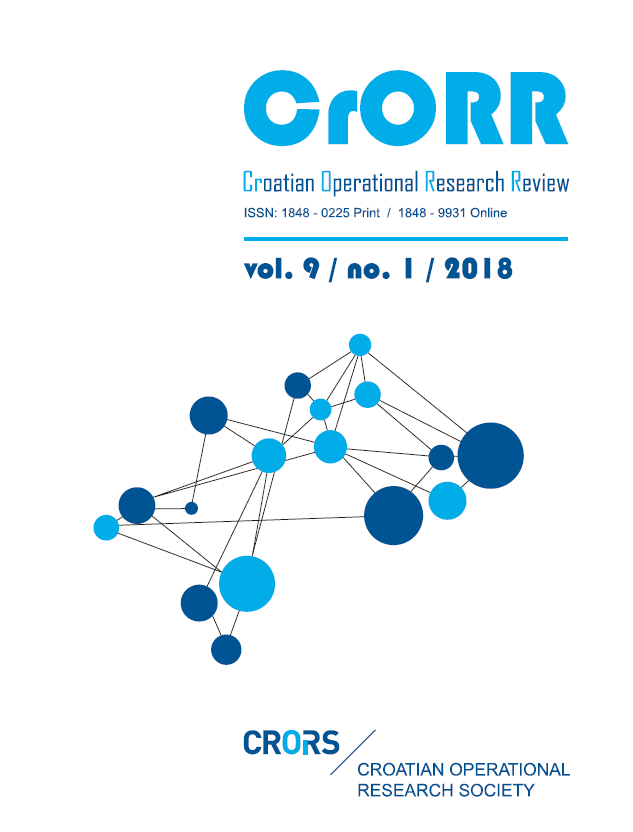GIS-based Decision Support Concept to planning of land acquisition for realization of Urban Public Projects
Abstract
Planning of the land acquisition is a complex task and integral part of the planning phase within management of large scale construction projects (projects which are consisted of several subprojects) especially of public projects in urban areas. This paper describes research on the establishment of GIS-based Decision Support Concept (DSC) to Planning of Land Acquisition for Realization of Urban Public Projects that can be useful to project managers. It is focused on establishment of concept that supports identification, selection and priority ranking of spatial units (cadastral parcels or their segments) whose acquisition enables further realization of commenced project. The complexity of such task arises from the dynamics of the project and its subprojects, a large number of diverse spatial and other data to be taken into account (such as location, ownership, area of spatial units etc.), several stakeholders groups with different opinions (providing diverse and often conflicting criteria to evaluate alternative spatial units). Because of that, the concept is based on the SDSS logic and multicriteria analysis. The implementation of the concept begins with analysis of problem and with identification of relevant stakeholders (identified groups are: investor/project manager, government, private owners of parcels, users). It is followed with the goal analysis and the establishment of goal tree (whose last level consists objectives/criteria) on which is then applied AHP Method for determining criteria weights. All stakeholder groups are included in these processes. Applying a family of PROMETHEE Methods (using previously defined criteria with their weights and preference functions) comparison of selected spatial units according to priority for acquisition is provided in a form of priority ranking list. Insights obtained by analysis of these results as well as other influential factors (such as strategies and plans of a higher order, active contracts, etc.) are then used as the basis for design of additional spatial-functional constrains by decision-maker. Those constrains are introduced trough PROMETHEE V Method which ensured definition of the first acquisition’s implementation phase defining a set of spatial units that are recommended for acquisition within next investment/project cycle. The proposed concept was tested on planning of land acquisition for realization of the University Campus Project in Split, Croatia.
Downloads
Published
Issue
Section
License
- Authors retain copyright and grant the journal right of first publication with the work simultaneously licensed under a Creative Commons Attribution License that allows others to share the work with an acknowledgement of the work's authorship and initial publication in this journal
- Authors are able to enter into separate, additional contractual arrangements for the non-exclusive distribution of the journal's published version of the work (e.g., post it to an institutional repository or publish it in a book), with an acknowledgement of its initial publication in this journal.
- Authors are permitted and encouraged to post their work online (e.g., in institutional repositories or on their website) prior to and during the submission process, as it can lead to productive exchanges, as well as earlier and greater citation of published work (See The Effect of Open Access).


